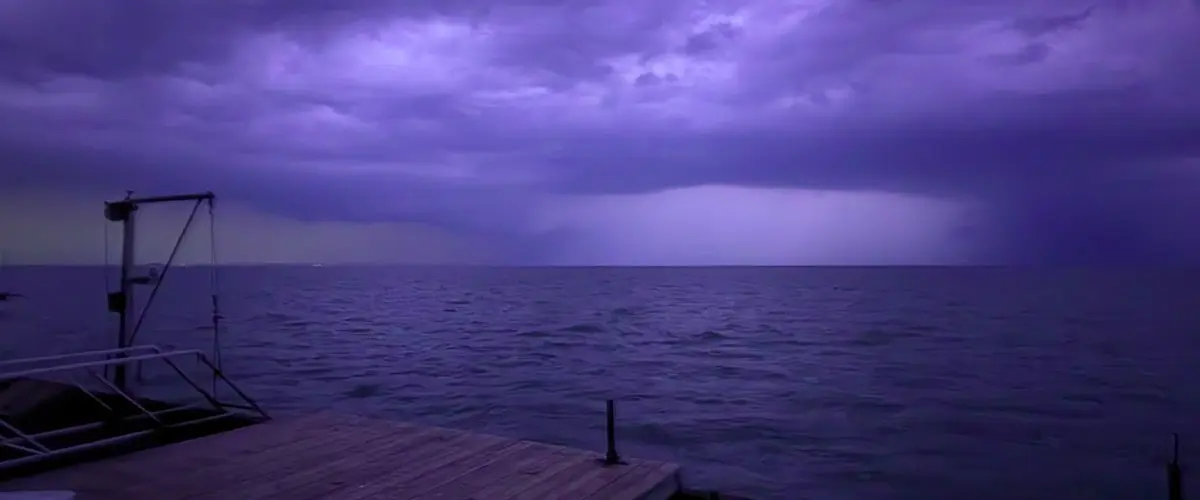While going through my wife’s old scrapbook, I came across newspaper clippings that brought back an incredible story from long ago. It was shared with me by my father-in-law, John Kelch, and I believe it deserves to be retold.
Before I begin the story, I’d like to provide some context that you’ll need to understand the events that unfolded.
John lived on Chandler Street, next door to Robert (Bob) Mackie and his wife, Gayle. They had four children—a daughter and three sons. My wife, Cathie, often babysat them.
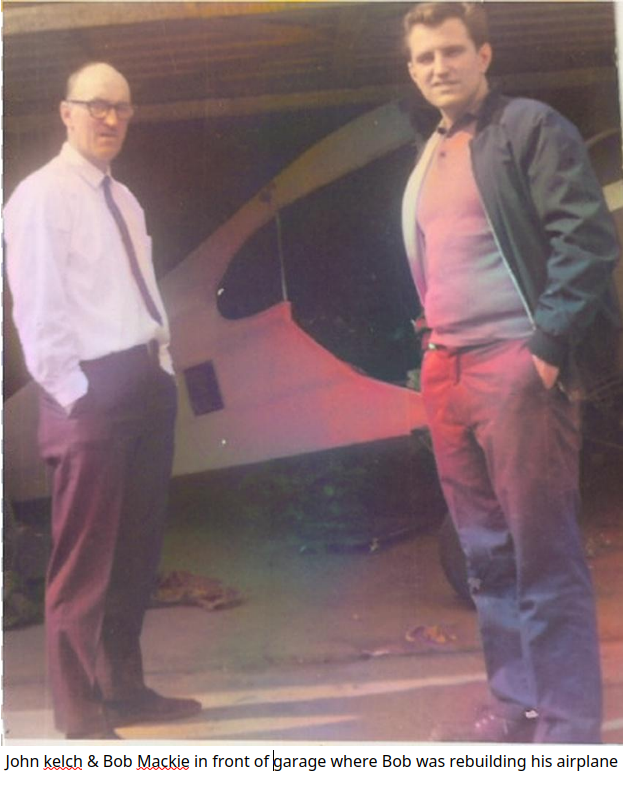
Bob’s life took a dramatic turn the day he earned his pilot’s license; he became absolutely captivated by flying. Every weekend, he would ask John if he wanted to go up in the plane, and John’s answer was always an enthusiastic “yes.”
Now, here’s the story as it was told to me.
One winter afternoon, Bob invited John to go flying.
“Sure,” John said. “Where are we headed?”
“I’d like to fly over Lake St. Clair to see how many ice fishermen are out today,” Bob replied.
With that, they drove to Windsor Airport, where Bob kept his plane. Soon after takeoff, they were soaring over the lake. Bob was known as a bit of a rule-breaker—there was even a rumour that he once flew under the Ambassador Bridge. Whether that was true or not, I’ll never know. But one thing was certain: Bob liked to fly low over the lake—just 200 feet instead of the required 500.
When they reached the lake, Bob lowered his altitude. They travelled for several miles As they surveyed the icy landscape below. Then, something caught Bob’s eye. Two men had fallen through the ice and were frantically waving for help.
Bob turned to John. “There are two men down there! They’ve fallen through the ice. I have to land so we can save them. There’s nobody else around for miles, and they only have minutes to live.”
John hesitated. “You’re the pilot—I’m just along for the ride. But do you think the ice is strong enough? Two people have already gone through it.”
“We have to take a chance,” Bob insisted. “They won’t survive if we don’t.”
Without hesitation, Bob banked the plane and scanned for a suitable landing spot. He needed a long, smooth stretch of ice, free of jagged floes that would be disastrous for the aircraft. And he had to land into the wind—something easily managed at an airport with wind socks and air traffic control, but much trickier in the middle of a frozen lake.
Bringing the plane down as close to the hole as safety permitted, Bob and John climbed out and began making their way toward the struggling men. As they neared the hole, Bob turned to John.
“When we get close, we’ll have to crawl on our stomachs to avoid breaking through. Then, we’ll each grab an arm and pull them out onto the ice.”
And with that, they braced themselves for the rescue. Crawling carefully on their stomachs to distribute their weight, they inched toward the edge of the hole. One by one, they managed to pull each man out of the freezing water.
Shivering and gasping, the men explained that they had been in the water for about fifteen minutes. Their snowmobile had suddenly plunged through the ice, leaving them trapped. The younger of the two was already succumbing to hypothermia—his legs were numb, and he could no longer move.
Bob and John wasted no time. Each took an arm, hoisted him up, and hurriedly dragged him toward the airplane. Every second counted. They climbed aboard, and Bob immediately began preparing for take-off. Bob knew all the private airstrips in the county. Without hesitation, he identified the closest one and radioed ahead, alerting them to the emergency and ensuring they were ready for the critical arrival. The men needed dry clothes hot drinks and a nice warm room where they could gradually raise their body temperature.
If ever there was a moment when fate—or perhaps a guardian angel—intervened, this was it. These men survived that day because of an extraordinary set of circumstances:
- A plane happened to be flying over within minutes of the accident.
- The plane was flying low enough for the pilot to spot them from the air.
- They were fortunate that the pilot was Bob Mackie. Any other pilot would have radioed the Coast Guard, but the men would not have survived long enough to be rescued.
- Bob was willing to risk his own life, landing on uncertain ice and carefully pulling them out of the freezing water.
5. They were flown immediately to the nearest airstrip, where they were given dry clothes and warm drinks. The closest hospital was 30 miles away in Chatham—had they waited for traditional rescue services, it certainly would have been too late.
Against all odds, these men lived to see another day. And Bob and John had just pulled off a daring, lifesaving rescue—one that I personally think should be remembered forever.
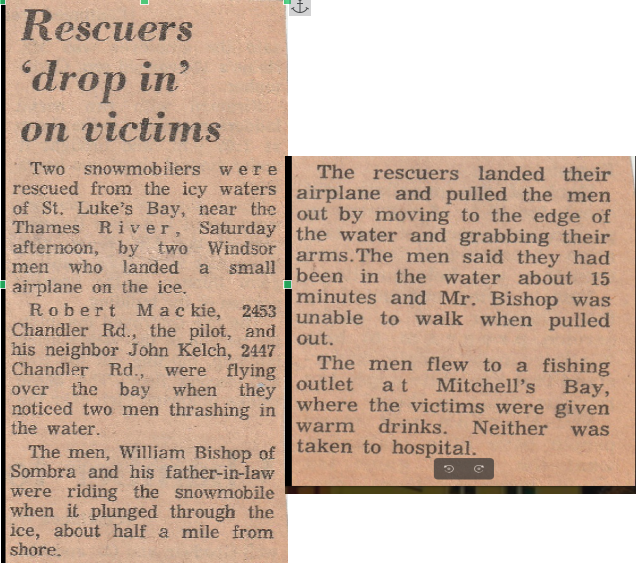
Bob, ever the meticulous planner, had the foresight to record the exact coordinates of the accident site. That summer, once the ice had long melted, he returned to the spot by boat. After hours of searching, he finally found the submerged snowmobile.
With characteristic determination, he hauled it out of the water and brought it back to his garage. Piece by piece, he cleaned, repaired, and restored it. By the time the snow returned the following winter, Bob had a fully rebuilt and functional snowmobile—another testament to his unshakable resolve and ingenuity.
That story took place around 1967. Two years later, in 1969, I married Cathie Kelch, and we lived in a rented apartment for about five months. Around that time, Bob’s neighbour passed away, and when the heirs came to settle the estate, Bob saw an opportunity. He approached them directly and made a cash offer to buy the house as-is, with no real estate listing involved. The heirs, being from out of town, recognized the convenience of a quick sale and accepted his offer without hesitation.
Bob then offered to sell the house to Cathie and me for just a little more than what he had paid. I have no doubt that John Kelch played a role in persuading him to make this generous offer. We gladly accepted, and just like that, we had our first starter home. Not only did we become homeowners, but we also became neighbours to the Mackie family.
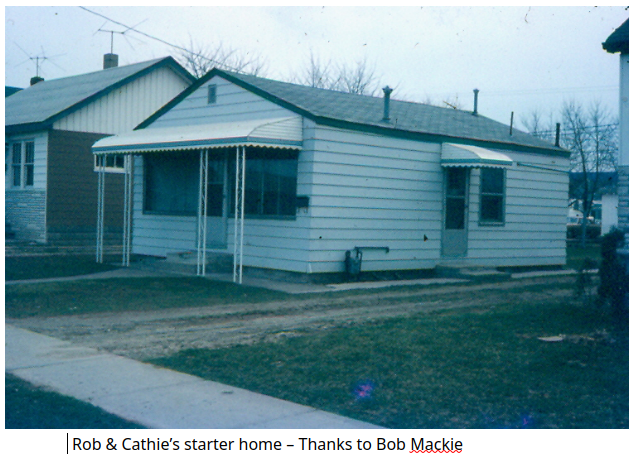
Bob continued his weekend flying trips, and I was often invited to join him and John on these adventures. He had a wide circle of pilot friends, some of whom owned farmland where they had built their own private airstrips, allowing them to take off and land without relying on Windsor Airport. This concept fascinated Bob, and soon it became his new obsession—to acquire enough land to build his own hangar and runway.
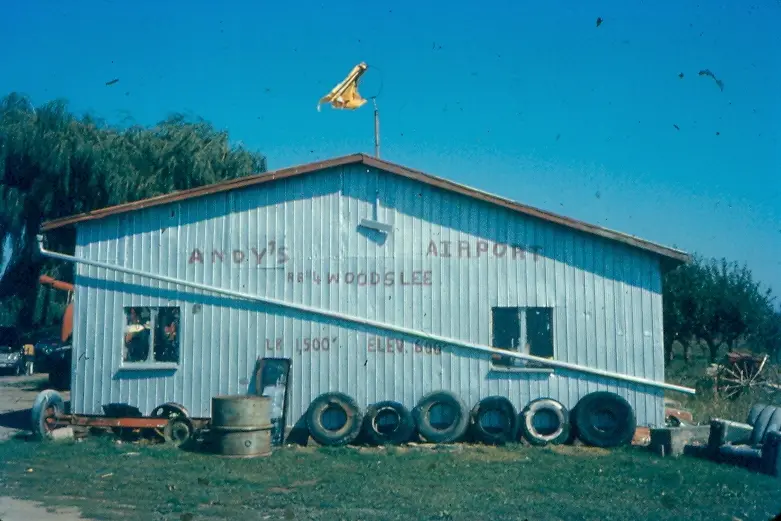
Determined to make it happen, Bob purchased nine acres of land along Highway 98 and wasted no time in constructing a large hangar to house his plane. Then, he began the meticulous process of clearing enough land to create his own landing strip.
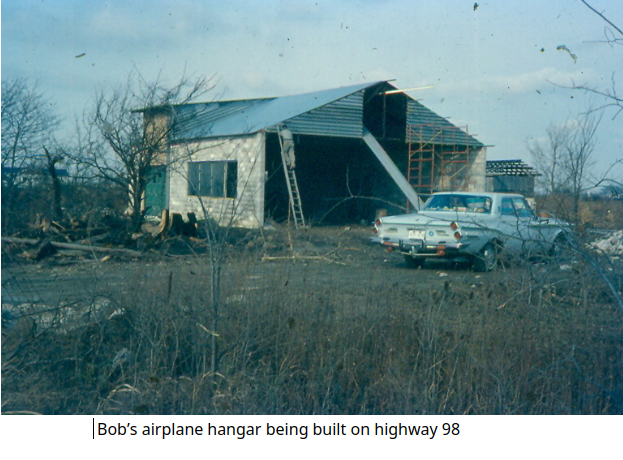
A few stubborn tree stumps stood in the way, and Bob consulted some of his farmer friends for advice. They suggested using dynamite—an effective but risky solution. As it turned out, some of these farmers had extra dynamite on hand and generously offered it to Bob.
With the help of a young assistant, Bob began blasting out the stumps one by one. Most of the explosions went smoothly, but there was one time when the charge failed to detonate. They waited and waited, but nothing happened. Eventually, they cautiously approached the site to investigate. Just as they reached the spot where the dynamite had been planted, the charge suddenly went off.
Bob was critically injured, and it was up to his young assistant to find help. Despite suffering severe facial injuries himself—resulting in the loss of vision in one eye—he somehow managed to make his way to the highway and flag down a passing motorist.
What happened next was very sad. I’ll leave it to the newspaper clippings to tell the rest of the story.
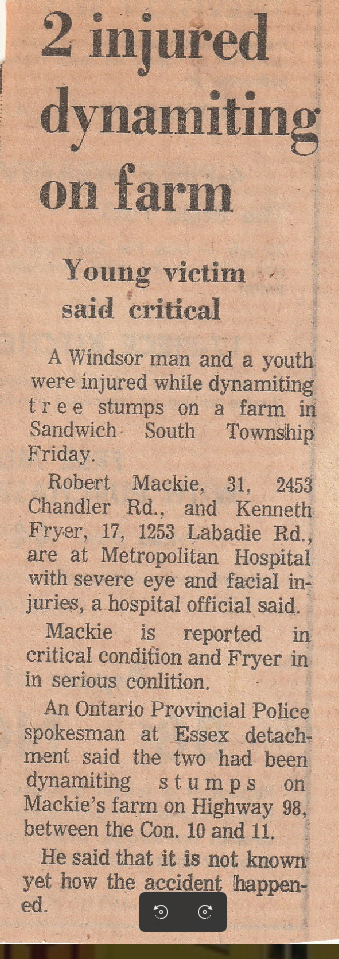
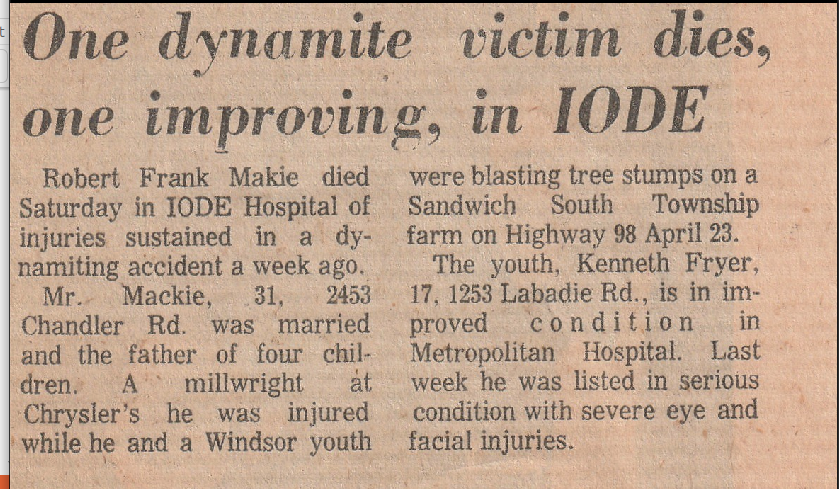
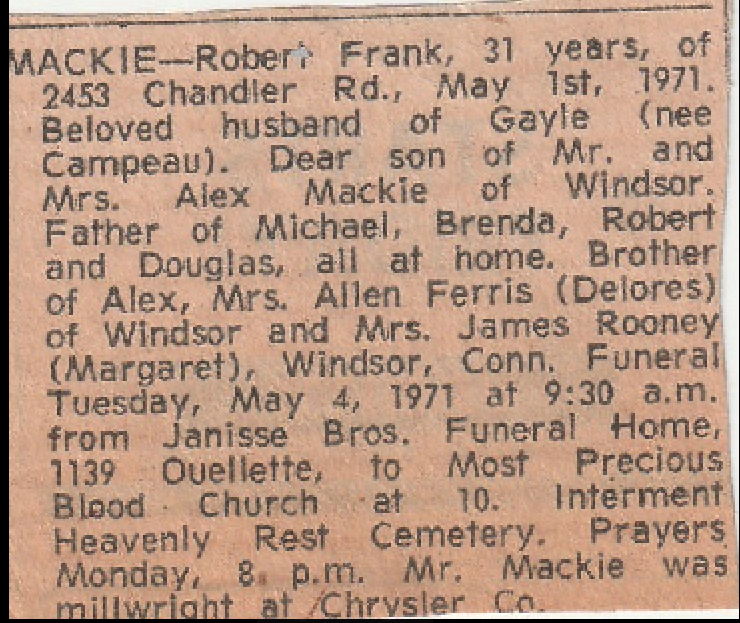
For many years afterward, I would drive along Highway 46 (formerly Highway 98) and pass by the very property where the accident had taken place. Each time, I’d glance over and see the hangar Bob had built—standing tall and weathered, like a silent memorial to a truly remarkable man.
It was more than just a structure; it was a symbol of Bob’s passion, determination, and the risks he was willing to take to follow his dreams.
Recently, I made that familiar drive again, this time with the intention of capturing a photo of the hangar to include with this story. But when I reached the spot, my heart sank—it had been torn down. It was now a landscape company.
Rob
